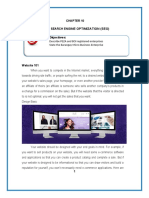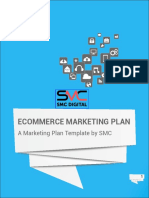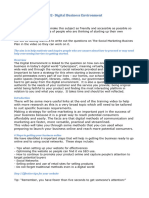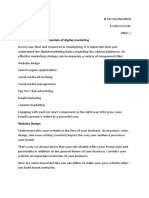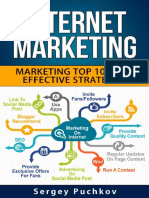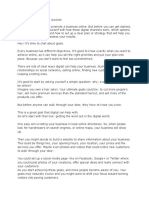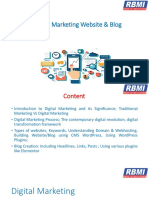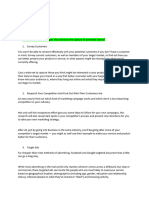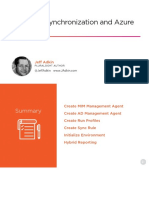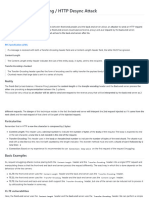0% found this document useful (0 votes)
180 views15 pagesSEO & Marketing for E-commerce
The document discusses website marketing strategies for ecommerce businesses. It recommends including customer reviews on product pages, using content marketing such as blogging, marketing through social media platforms like Facebook and Instagram, using Google AdWords to target relevant keyword searches, running Facebook and Instagram ads, and developing an app with push notifications. It also discusses market segmentation, which involves dividing the market into subgroups based on factors like demographics, interests, needs or location in order to create customized marketing strategies.
Uploaded by
Nimra AliCopyright
© © All Rights Reserved
We take content rights seriously. If you suspect this is your content, claim it here.
Available Formats
Download as DOCX, PDF, TXT or read online on Scribd
0% found this document useful (0 votes)
180 views15 pagesSEO & Marketing for E-commerce
The document discusses website marketing strategies for ecommerce businesses. It recommends including customer reviews on product pages, using content marketing such as blogging, marketing through social media platforms like Facebook and Instagram, using Google AdWords to target relevant keyword searches, running Facebook and Instagram ads, and developing an app with push notifications. It also discusses market segmentation, which involves dividing the market into subgroups based on factors like demographics, interests, needs or location in order to create customized marketing strategies.
Uploaded by
Nimra AliCopyright
© © All Rights Reserved
We take content rights seriously. If you suspect this is your content, claim it here.
Available Formats
Download as DOCX, PDF, TXT or read online on Scribd
/ 15



